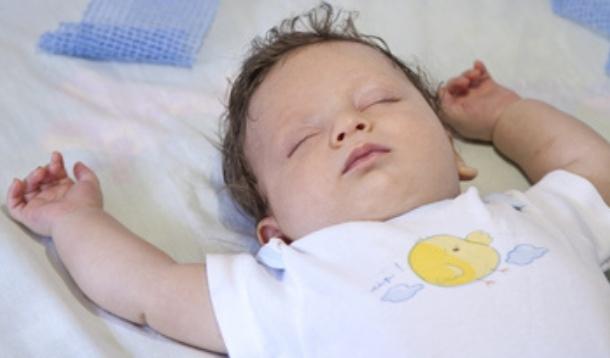
The American Academy of Pediatric reported on Monday a study involving video of over 160 infants and the environment in which they slept. Through the videos researchers gained insight into how safe their sleep space was and monitored each baby for one night at the ages of 1, 3, and 6 months.
Surprisingly despite recommendations from the AAP, health care providers, and safe sleep campaigns, throughout the duration of recordings 10-21% of babies were placed in unsafe sleep environments, 14-33% were not placed on the recommended back to sleep position, and 87-93% of babies studied had unsafe products like loose blankets, stuffed animals, pillows, bumper pads, and sleep positioners in their cribs.
With sleep-related deaths such as sudden infant death syndrome (SIDS) and accidental suffocation and strangulation in bed being the most common cause of death for babies between the ages of 1 month to a year old, these findings are important and display the urgency for further messaging of infant safe sleep practices.
Parents are tired and I understand that. Often to get those few extra hours of sleep parents are willing to do whatever it takes to help their baby fall back to sleep. That may mean changing baby’s sleep environment half way through the night, or throwing in a stuffed animal to occupy baby when baby wakes. What parents have to remember is keeping things a simple as possible in regards to their baby’s sleep environment is always best.
Remember that keeping sleep as simple as possible for your baby is always the safest route to take and introducing better sleep habits once your baby is old enough will also help parents keep safe sleep practices consistent as baby starts sleeping better.
![]() RELATED: I Did Cry It Out With My Kids & They Still Love Me
RELATED: I Did Cry It Out With My Kids & They Still Love Me
I provide free child and family sleep support on my Facebook page. I invite you to join our sleep community as I work towards Good Night Sleep Site's mission of a healthier rested family unit. For more sleep tips please visit Good Night Sleep Site and visit me on Instagram and Twitter. Join our movement and #BringBackBedtime.